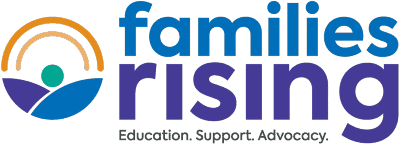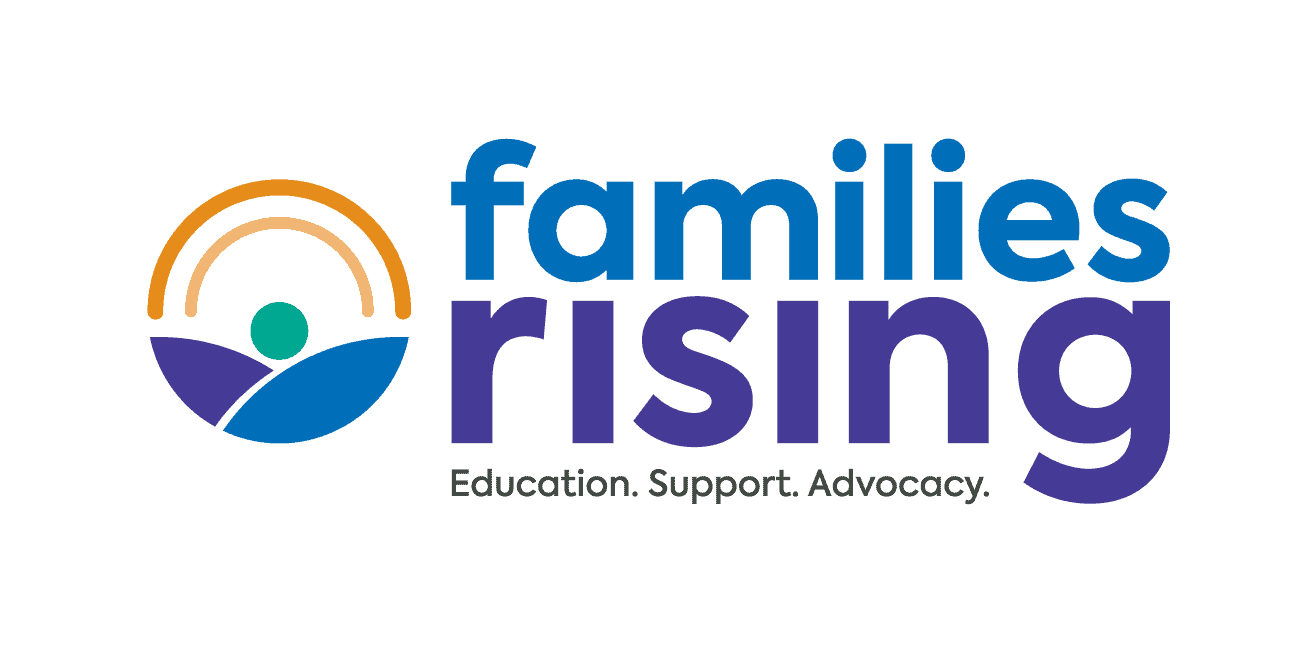
As part of Families Rising Advocates for Families First collaboration with Generations United and the National Foster Parent Association, Communications Consortium Media Center created a comprehensive report on the public image and media portrayal of grandfamilies, foster families, adoptive families, and the children and youth they care for. Below are excerpts from the report.
CCMC is privileged to have worked with the Advocates for Families First planning group on an analysis of foster, adoptive, kinship and grand families in the media. As the partners know, we track major stories through our Children–Family-Community news service in partnership with LexisNexis. This daily tracking gives a good overview of trends in coverage. However, our work for this report has let us take a deeper look at the bigger media picture that includes news coverage, entertainment and digital social media platforms.
As the study shows, strategies to improve the field’s public image need to blend both compliments and complaints about media portrayals and news coverage in order to change attitudes and build support.
Based on our long history of working on strategic communications campaigns for policy change for a wide range of children’s and family issues, including child welfare and foster care, we make the following recommendations:
Compliment and Cultivate Media
Start with the two dozen national wire service reporters from AP, Reuters, Bloomberg and McClatchy who have written about foster care and adoption. Meet with them, stay in regular contact and cultivate the relationships.
Write and place stories and solutions in your own words through op-eds, blogs, radio and television talk shows. Make sure you frame the issues with agreed-upon messages.
Develop a Media Editorial Calendar for features editors that regularly sends them ideas for features about foster/adopt/kin/grand families. Start with raising the profile of May as Foster Care Month and bring the voice of foster families into other love and family-oriented holidays, such as Valentine’s Day in February; May and June as school graduation time and Mother’s and Father’s Day; mid-August to mid-September as back-to-school days; and holiday season from late November to New Year’s Day.
Cultivate reporters with regular online and in-person meetings. Print and radio journalists especially respond to audio news briefings, webinars, etc. when they can work on a story from their desks. Fact sheets and materials can be posted, but significant time needs to be allocated to making pitch calls for the briefings.
Schedule a regular round of editorial board meetings. Set a target for annual meetings at each local media outlet to build personal relationships with reporters and editors. In the media markets that matter most, you need to be on their contact list and they need to be on yours. There is no substitute to personal relationships with media representatives.
Team up with journalism groups such as the National Press Club Journalism Institute, the Poynter Institute, the (Casey) Journalism Center on Children and Families and other journalism schools on efforts to train and build the skills and knowledge of reporters and editors around foster, adoptive, kinship and grand care families and kids. Together, you could develop a “reporter’s guide” or style book.
Amplify the voices of teens: Encourage members to visit NPR’s “Story Corps” booths around the country to share their stories, identifying and capturing the positive aspects and outcomes of foster care. Use the effort as a way to drive a series of stories. Consider underwriting an outlet’s foster care coverage, but understand and respect the lines between journalists and advocates.
Establish a Grand Families FANCY Media Awards Program (or another name that says it better than Foster Adopt, Next of kin for Children and Youth) for a variety of media – journalism (print, TV/cable, radio, bloggers), entertainment (films, shorts, TV/cable) and social media.
Reach out to local news directors and program producers after training sessions for advocates on how to engage such media gatekeepers. They need to ensure that all their media platforms are aware of ways that their reporting is promoting positive images and perpetuating harmful stereotypes.
Collaborate and Coordinate with Other Projects to Improve the Images of Foster Families
Bring aboard a team of experts and other validators, including outside experts or advocacy spokespersons quoted in past articles. Create a list of a dozen or so and release their names to the media along with focused biographies and contact information.
Host a strategy session with other groups working on improving images, especially Children’s Action Network and other effective advocacy groups. Coordinate on targets, assess personal relationships, develop an action plan and assess your progress.
Write and Be Counted: Correct Mistakes and Complain about Mis-impressions
Be proactive, aggressive and determined. A coordinated communications campaign needs to be designed and implemented for the long haul. Too often groups “train for the sprint but find themselves running in a marathon.”
This aspect should include daily monitoring of media coverage and building quick-response capacity. Start by creating a framework for Foster Family Truth Squads to monitor media and respond quickly. Grassroots activists, bloggers and other opinion leaders can join the efforts, so that this can be an important “ask” to win the assistance and cooperation of foster and adoptive parents. Then build their capacity to monitor social media, entertainment shows and news stories and identify immediate, direct and effective mechanisms – such as crowd-sourcing – to quickly correct errors and demand accuracy.
Publish a “Write and Be Counted” tip booklet. Encourage advocates to work with local and national media, cultivating personal relationships with reporters and giving them materials for stories as well as responding to inaccurate or negative coverage. Use a range of ways to respond to media: letters to the editor, online response and comment pages, op eds, personal calls, etc.
Organize with Ombudsmen (sic) to investigate and correct inaccurate or misleading stories. Most major media have an office for official complaints. In two foster care/adoption stories this past year, a series on NPR and the Los Angeles Times, the ombudsmen did deep investigations and made public their assessment of the stories. The Columbia Journalism Review does a similar review in their “darts and laurels” section as another option. Editors and journalists around the country read the CJR and it has an impact on those cited by the magazine. Reporters need to know that Advocates are watching and tracking their work.
Scour and scrub the Internet. A systematic review of major Internet sites, Wikipedia and other top social network platforms should be done on a regular basis. Comments should be made on a regular basis to correct negative stereotyping. Positive images should be submitted to outnumber any demeaning photos. Thumbs up/down do make a difference and can make for a great organizing activity for members and other advocates.
Message Matters: Cover the Basics for Messaging and Framing the Issues
Collect and review what has been done in the past. A number of organizations have done focus groups, public opinion polling, message memos and talking points. Assuming modifications are needed, develop new final messages that frame the issues in a proactive, positive fashion for use in speeches, reports and media materials and when responding to negative coverage or backlash.
Agree on the values that best represent the Advocates for Family First. These are likely to cohere around the values of family, love, respect and safety.
Start with an information kit with basic fact sheets that offer background and current information and figures on aspects of the issue, definitions of terms, success stories, spokespeoples’ names and bios and contact information. Much of this data already exists on the Internet and needs repackaging. This kit becomes your calling card to media.
Highlight promising programs. In addition to creating an awards program, expand the list of success stories to include model programs and case studies, with contact information for media.
The media portrayal of child welfare often focuses on just two kinds of stories: one-note tales of horrific abuse and soft-focus adoption homilies. By concentrating on a small minority of child welfare stories, the media is complicit in the public’s misunderstanding of the broader issues at play. —Freelance writer Toman Rios, February 18, 2014


